Carbon Dioxide

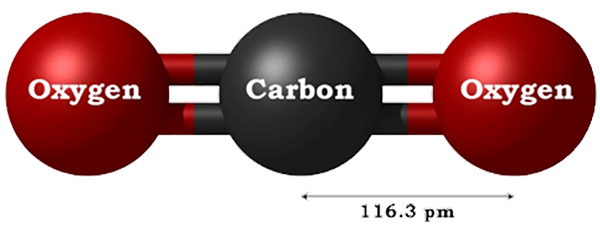
Carbon dioxide is identified in 1750’s by Joseph Black, a Scottish Chemist and Physician. Carbon dioxide is a colourless, odourless, non-toxic gas that in its solid form is known as “dry ice”. CO2 is considered being one of the main contributors to the greenhouse effect, which is critical to supporting life. However, enhanced greenhouse effect caused by excessive man-made Carbon dioxide causes significant impact on global warming & climate change. While Carbon dioxide occurs naturally, it is the most common of the man made greenhouse gases and is believed to be a significant contributor to global warming. The potential for anthroprogenic (human-derived) CO2 to adversely affect the Earth’s climate has resulted in attempts on the international level to regulate global CO2 emissions.
Sources of CO2

Carbon dioxide is produced when any substance containing carbon is burned. It is also a product of breathing and of fermentation. Plant absorbs carbon dioxide for photosynthesis, and plants and soil also returns CO2. CO2 emission from various sources through respiration performed by plants and animals, decay of plants and animal matter, Burning fossil fuels such as coal, petroleum products and natural gas releases carbon. Carbon dioxide is released when limestone (calcium carbonate) is heated to produce lime. A variety of human activities lead to the emission (sources) and removal (sinks) of carbon dioxide (CO2). The largest source of CO2 emissions globally is the combustion of fossil fuels such as coal, oil and gas in power plants, automobiles, industrial facilities and other sources. A number of specialized industrial production processes and product uses such as mineral production, metal production and the use of petroleum-based products can also lead to CO2 emissions. Carbon sequestration is the process by which growing trees and plants absorb or remove CO2 from the atmosphere and turn it into biomass (e.g., wood, leaves, etc.). Deforestation, conversely can lead to significant levels of CO2 emissions in some countries.
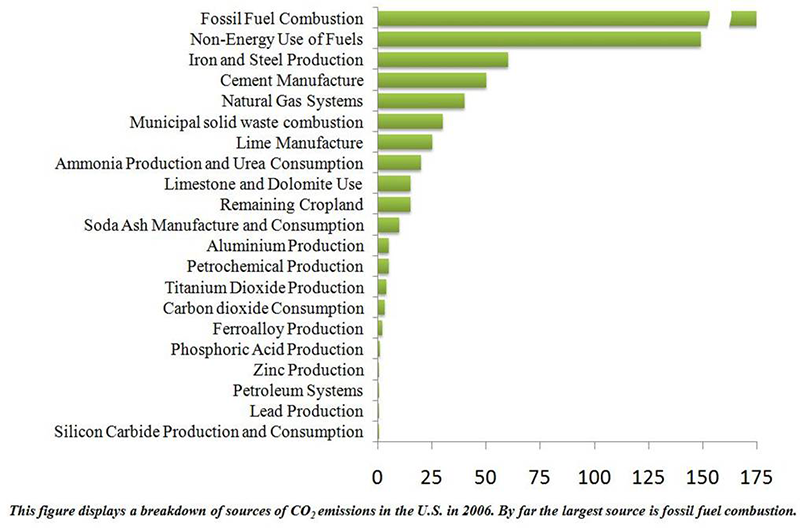
CO2 from Different Fuels

Petrol (C8H18)
2C8H18 + 25O2 16CO2 + 18H2O + 2636 kcal
1 kg of Petrol produces 3.088 kg of CO2
Diesel (C50H93)
C50H93 + 193/4 O2 50CO2 + 93/2 H2O
1 kg of Diesel produces 3.17 kg of CO2
LPG (C3H8)
C3H8 + 5O2 3CO2 + 4H2O + 531 kcal
1 kg of LPG produces 3 kg of CO2.
Methane (CH4)
CH4 + O2 CO2 + 2H2O + 891 kJ/mol
1 kg of Methane produces 2.75 kg of CO2.
Methanol (CH3OH)
CH3OH + 3/2 O2 CO2 + 2H2O
1 kg of Methanol produces 1.38 kg of CO2.
Ethanol (C2H5OH)
C2H5OH + 3O2 2CO2 + 3H2O
1 kg of Ethanol produces 1.91 kg of CO2
Impacts of CO2

For all of human history until about 200 years ago, our atmosphere contained 275 ppm of CO2. However, with the industrial revolution of the 18th century, our planet now has 390 parts per million CO2 and this number is rising by about 2 parts per million every year. The primary health impact of carbon dioxide are Upper and lower respiratory symptoms in children, Acute Bronchitis in Children, Asthma, Respiratory & Cardiovascular, Chronic Bronchitis and Premature Mortality.
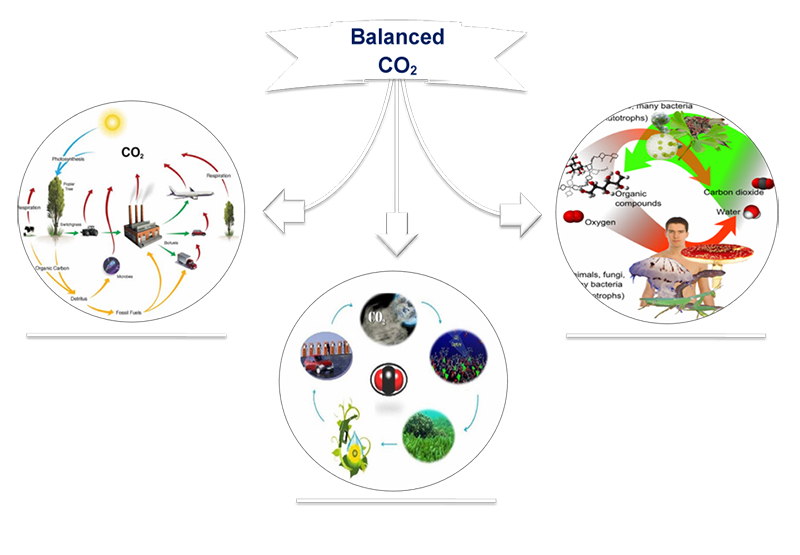
Environmental Pollution

Environmental pollution is a very big challenge we are faced with today. It threatens the health of human beings and other living things on our planet. Air pollutants-called “air toxics”-are known or suspected to cause cancer or other serious health effects, such as damage to respiratory or nervous systems. Air toxics include metals, particles, and certain vapors from fuels and other sources. World Health Organization (WHO) estimated about 800,000 people die per year due to fine particle matter inhalation. Air pollution has many sources. Some sources are obvious like industrial smokestacks, chemical plants, automobiles, trucks, and buses. Others are not so obvious–like gasoline stations; dry-cleaners; outboard motors; lawn, garden, farm, and construction equipment engines; certain paints; and various household products. Carbon dioxide is one of the most abundant gasses in the atmosphere. Carbon dioxide plays an important part in vital plant and animal process, such as photosynthesis and respiration.
Effects of CO2

Climate Change
Climate change is a serious threat to everywhere. The warming of our climate system is directly linked to human activity. Slowing or even reversing the existing trend of global warming is the defining challenge of our ages. Warming of the climate system is unequivocal. Increasing global air and ocean temperatures, rising global average sea level, reduction of snow and ice are changes we are facing today.
Acid Rain
Acid rain also called acid precipitation or acid deposition, acid rain is precipitation containing harmful amounts of nitric and sulfuric acids formed primarily by sulfur dioxide and nitrogen oxides released into the atmosphere when fossil fuels are burned. It can be wet precipitation (rain, snow or fog) or dry precipitation (absorbed gaseous & particulate matter, aerosol particles or dust).
Carbon Off-Set
Carbon offsetting is the act of mitigating GHG emissions. Carbon offsets refer to voluntary acts by individuals or companies that are arranged by commercial or non- profit carbon-offset providers. Tree planting was a mainstay of carbon offsetting. Renewable energy, energy conservation and methane capture have now become popular. Offsets may be cheaper or more convenient alternatives to reducing fuel consumption.
Global Warming

There is a gradual increase in the average temperature of the Earth’s atmosphere in the last 100 years. It has raised about 1ºC since 1900, though there is no scientific evidence to suggest that global average temperatures will remain constant or decline in the next 100 years. Recent scientific reports conclude there is a 40% chance that warming will exceed this range and only a 5% chance that it will be less. As land is more responsive to atmospheric temperature changes than the oceans, the temperature increase will be greater over the continents than in the oceans. As the main absorption frequency associated with CO2 that deals with the greenhouse effect is at 15 micrometers and that is the peak of the planets blackbody emissions curve, adding more CO2 into the atmosphere has a profound effect especially when feedbacks are taken into account. Most radiation in the atmosphere above 4µm comes from black-body radiation emitted by objects heated up by absorbing shorter wavelength radiation. Greenhouse gases have the ability to absorb energy at these longer wavelengths, specifically between 4µm and 100µm. Though absorption of higher energy modes is possible, it is largely inconsequential to the greenhouse effect as those frequencies are not emitted by the earth’s surface.
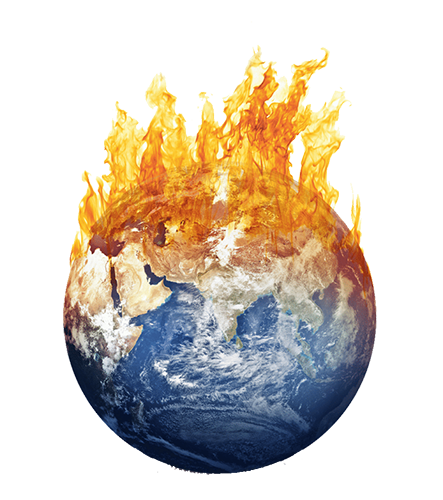
Try to Live Green

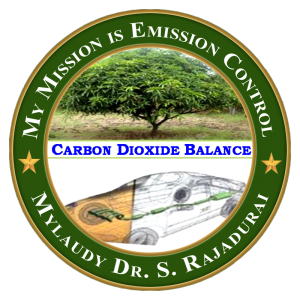
The globalization of the world’s people and nations, in their cultures, economics, and politics is accelerating. Those commenting on this globalization often focus on the collectivization of all individual into an organic system. A look toward the distant future, the year 3000, allows the very imaginative to think about the future without much constraint. So much has happened in only 100 years, it is not very reliable to explore trends a full millennium into the future. So, it’s an earth day and time to reflect on personal practice. There are a lot of talks about innovative solutions. The objective is what you can do to achieve the results. Our family planted community supported agriculture farms to deliver fresh, organic produce. Many of our family members are serious sustainable agricultural enthusiast. Our reflection and projections should acknowledge this reality. Certain principles concerning man and his habitat can be stated as guidelines towards the future. Man’s long term welfare is depended on a fruitful and resourceful environment.
No individuals flourish when the habitat is degraded. The basic dignity of work by every person for physical sustenance must be coupled with environmental stewardship. This stewardship has both individual and common elements, meaning that each person has both individual and societal responsibilities in the use and enjoyment of our common habitat. Appropriate stewardship features are summed up in the concept of an earth trustee, because a trustee is one who has not only the inherent responsibility as an individual for proper earth care, but also the change to exercise earth care function for the common good. Our view of the future, even the very distant future of the year 3000, should be seen as an exercise of prospective forecasting. We not only want to fix the future but also to help bring about the best future.
Let’s Enrich our Future Generation with Healthy Environment to Live, Work and Play.
– Mylaudy Dr. S. Rajadurai
References

- CO2 recognition – encyclopedia (carbon dioxide encyclopedia)
- Global warming – Wikipedia, the free encyclopedia
- Carbon dioxide in Earth’s atmosphere encyclopedia
